The hidden chapel in Bristol city centre with a treasure trove of historical artefacts
and live on Freeview channel 276
Tucked away and shrouded by towering post-war shops, you’ve probably walked past the John Wesley Chapel and New Room hundreds of times without even knowing its there.
But step through one of the archways and the doors of the unassuming white-washed building and you’ll find one of the most significant sites in Bristol’s history, along with a treasure trove of artefacts to explore.
Advertisement
Hide AdAdvertisement
Hide AdThe Grade-I listed Chapel is mostly unchanged from the 18th Century and is well worth a look on its own but, thanks to an expansion in 2017 the building also boasts a library, cafe and gift shop along with an incredible museum upstairs.
Candlelit acoustic gigs are held in the Chapel and its modern meeting rooms often host a series of talks and important events.
‘Wesley should be recognised as one of the sons of Bristol’
John Wesley was an Anglican clergyman, evangelist, and founder, with his brother Charles, of the Methodist movement in the Church of England.
A fun fact about Charles - he wrote the words for more than 6,500 hymns including Hark! The Herald Angels Sing, so if you ever visit the Chapel for Christmas carols, chances are you’re singing it in the first place it was ever sung.
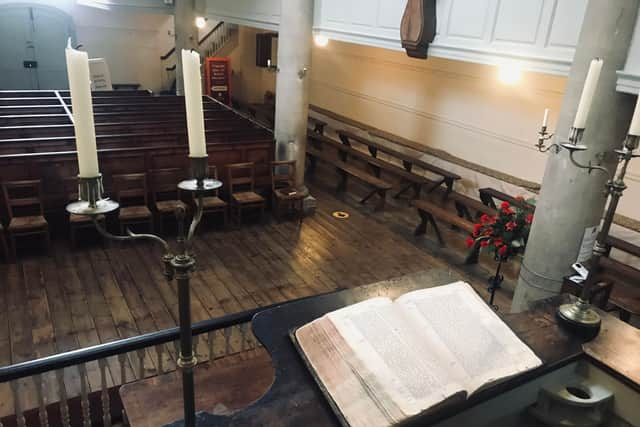

Advertisement
Hide AdAdvertisement
Hide AdBuilt by Wesley in 1739, the Chapel is referred to as the ‘cradle of Methodism’ but is still somewhere you should visit even if you have limited interest in religious history, says director David Worthington.
David Worthington, director said: “If you want to understand the history of Bristol, this is a building you should come and see.
"Of course, many people are familiar with other iconic locations such as the Clifton Suspension Bridge, the SS Great Britain and the aerospace museum.
"But those names are very much indicative of what I would see as Bristol's independent and pioneering spirit.
Advertisement
Hide AdAdvertisement
Hide Ad"Wesley was prepared to challenge the authority of the day and adopt new ideas and new thinking to help him in his work.
"It very much fits in with Bristol being a free-thinking city and in my opinion John Wesley should be recognised as one of the sons of Bristol.”
David’s favourite item in the building is its original wooden clock.
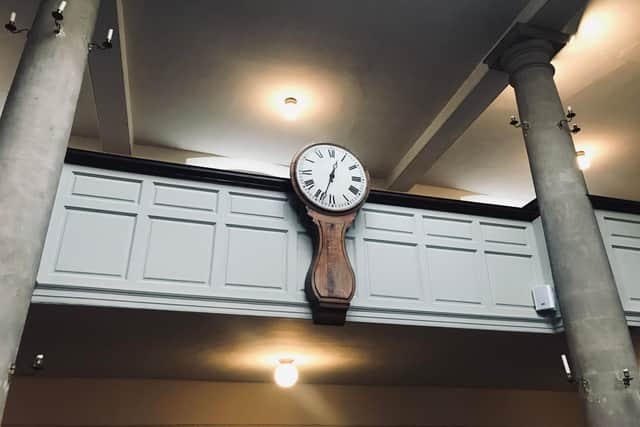

He said: “Many of our visitors, particularly from the USA, are aghast that we still have an 18th Century clock that John Wesley himself presented to the New Room.
Advertisement
Hide AdAdvertisement
Hide Ad"The ticking clock we hear is that same clock that John, Charles and many others would have heard in this very space.
"It's over 280 years old, but we still have an item that takes us back to the 1700s so for me, that makes it quite a special piece."
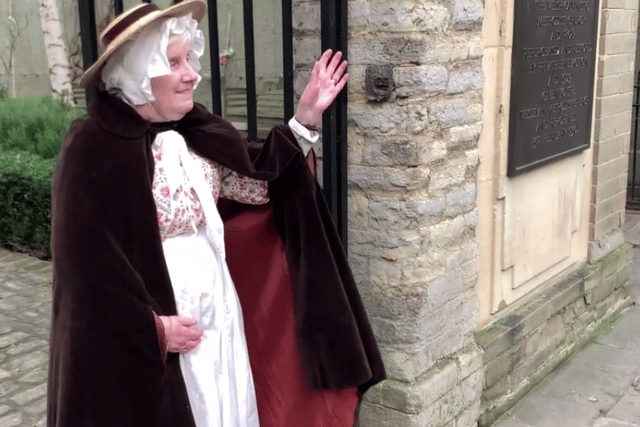

Soon-to-be history student and volunteer Ozan Somyurek thinks the venue has something to offer for all ages, despite buildings of religious significance often being associated with the older generation.
He said: “Like many people, I didn’t know this place existed.
Advertisement
Hide AdAdvertisement
Hide Ad“I didn’t know anything about Methodism - I actually found the chapel on TripAdivsor while I was looking for something to do on my gap year.
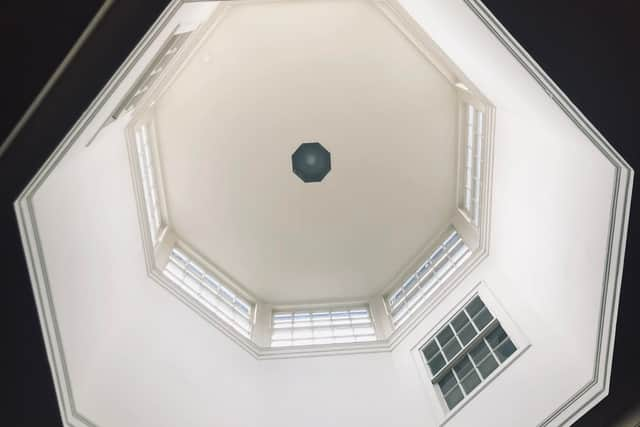

“But I became really drawn to its history, particularly because it’s so interconnected with Bristol history which is what I’m really interested in.
“I love the preacher’s rooms at the top of the chapel the most, where John Wesley and the other preachers would have had their innermost thoughts, and that glimpse we get into their private lives.
“There’s a lot of religious history here, but also a very general history surrounding the slave trade and Bristol trade.
Advertisement
Hide AdAdvertisement
Hide Ad‘Even if you don’t have an interest in religious history, it’s still exciting and engaging for young people.”
Lots to explore
While the chapel itself is beautiful, imposing and peaceful, the museum at the top of the building is such a surprise and a real delight.
The preacher’s quarters have been converted into 12 rooms packed with modern illuminated displays and interactive exhibits - there’s even a dressing up cupboard brimming with Georgian outfits.
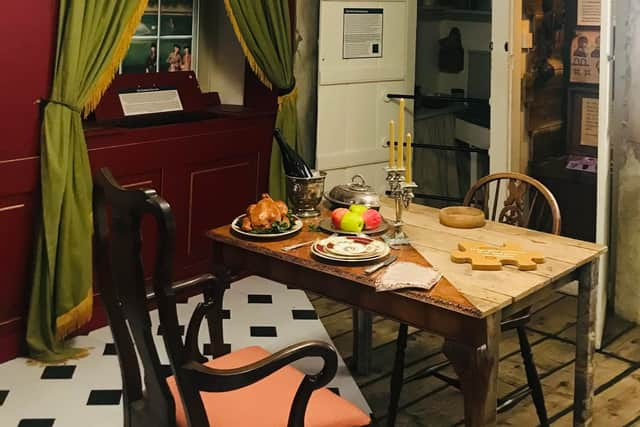

Speaking in one of the exhibits, collections manager Kate Rogers said: "We have so many different stories to tell Bristolians and people further afield about life in the 18th Century and how John and Charles Wesley made such an impact on this city.
Advertisement
Hide AdAdvertisement
Hide Ad"This museum explores that history and the way it can connect with us today.
"There's lots of drawers to open and interactive things to explore, particularly great for families and anyone looking to gain a wider knowledge of Bristol history.
“I love how different areas of the space make you feel differently. It’s multi-purpose and we use it for all sorts of different things.
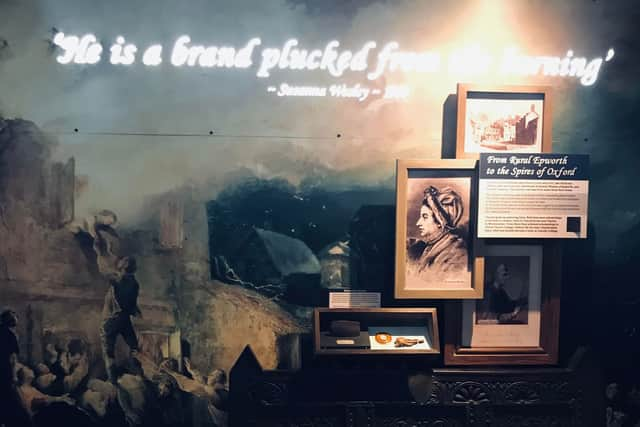

“You can come for a coffee, you can explore the library and archives, you can discover new things in the museum, or hire out our space for events.”
A life-long opponent of slavery
Advertisement
Hide AdAdvertisement
Hide AdWe often hear about Colston’s involvement in the slave trade, but not so much about John Wesley and his contribution to the abolitionist movement.
Wesley first came into contact with slavery when he went to preach at the British colony of Georgia in America between 1736 and 1737 - he was abhorred by what he saw.
He later published a pamphlet exposing the horror of slavery, Thoughts on Slavery, and wrote to the Abolition Committee expressing his support.
It’s easy to underestimate how radical John Wesley’s views were at the time, when slavery was perceived as the norm.
Advertisement
Hide AdAdvertisement
Hide AdHis beliefs were not welcomed by plantation owners and groups who had a lot invested in the slave trade, including in Bristol.
Some people were so outraged, there were reported riots outside the chapel as he preached to the congregation inside.
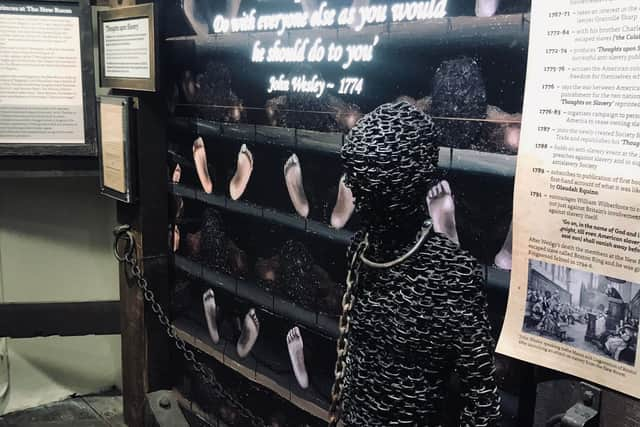

It’s the reason you’ll find no windows on the ground floor of the building - a strategic move to ward off stone-throwers.
Kate is kind enough to dig out Wesley’s original pamphlet, which was written in 1778, from an archive of around 9,000 books and papers.
Advertisement
Hide AdAdvertisement
Hide AdShe said: “John Wesley put this pamphlet together in order to share the brutalities of slavery, which he first encountered when he went out to Georgia in America.
“He was so affected by the treatment of the enslaved people he wanted to make sure that people knew what was happening and that it needed to change.”
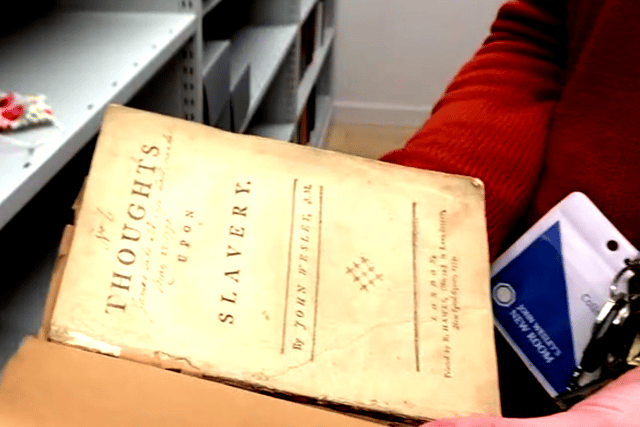

In the last letter Wesley ever wrote, to fellow abolitionist William Wilberforce in 1791, he urged the MP to continue in parliament to get a bill to abolish slavery passed.
In the desperate letter, Wesley deems slavery an ‘execrable villainy, which is the scandal of religion, of England, and of human nature’.
Advertisement
Hide AdAdvertisement
Hide AdFor more information and to plan a visit, click here: https://www.newroombristol.org.uk/
Do you know of a hidden gem in Bristol? We’d love to visit and share it with the city. Send details to [email protected].
Comment Guidelines
National World encourages reader discussion on our stories. User feedback, insights and back-and-forth exchanges add a rich layer of context to reporting. Please review our Community Guidelines before commenting.
